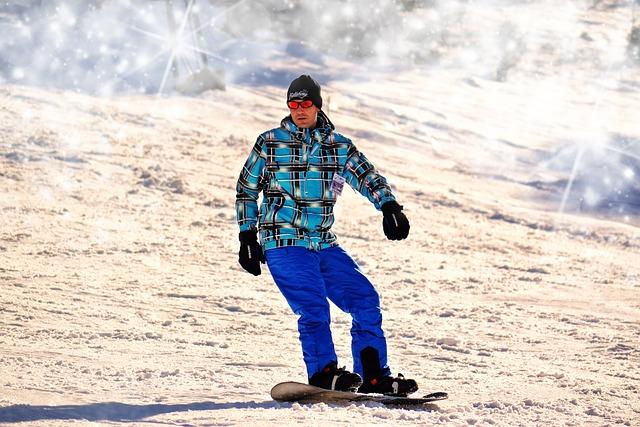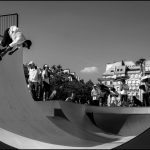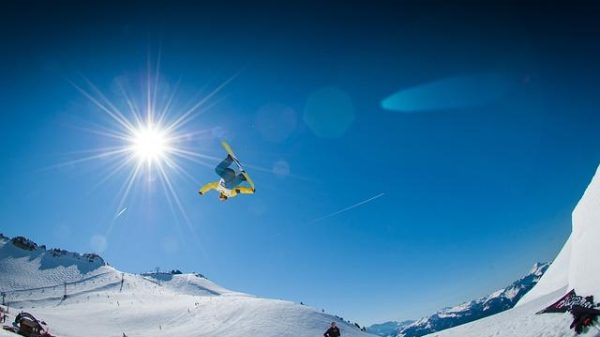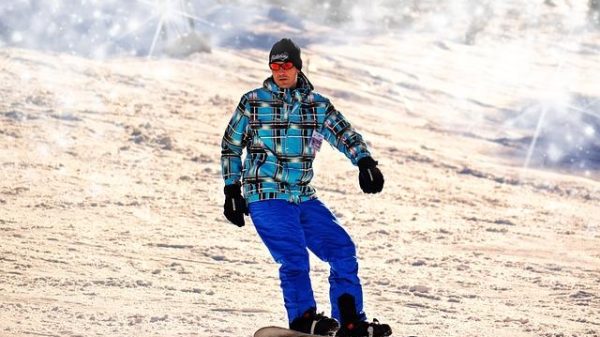Snowboarding is an exhilarating winter sport that combines athleticism, skill, and a profound connection with nature. However, the thrill of carving down snowy slopes can be short-lived if your stamina is not up to par. For enthusiasts eager to maximize their time on the mountain and tackle longer runs without fatigue, enhancing endurance is crucial. This article delves into effective strategies and training techniques to boost your stamina, ensuring that you can enjoy extended snowboarding sessions with energy and confidence. By understanding the physical demands of the sport and implementing targeted exercises and lifestyle adjustments, you can transform your snowboarding experience and make the most of every descent.
Understanding the Importance of Cardiovascular Fitness for Snowboarding
When it comes to snowboarding, cardiovascular fitness is often the unsung hero behind a successful day on the slopes. Unlike what many might assume, it’s not just about mastering the art of balance or perfecting your turns. Cardiovascular fitness plays a crucial role in enhancing your endurance, allowing you to conquer those longer runs with confidence and agility. By improving your heart and lung capacity, you increase the efficiency of oxygen delivery to your muscles, reducing fatigue and boosting overall performance.
To achieve this, consider integrating the following activities into your training regimen:
- Running or Jogging: Excellent for building stamina, running strengthens your cardiovascular system and boosts your endurance.
- Cycling: Offers a low-impact alternative that still effectively enhances cardiovascular health while strengthening leg muscles.
- Swimming: Provides a full-body workout that increases lung capacity and muscle endurance.
- High-Intensity Interval Training (HIIT): Combines short bursts of intense exercise with rest periods, significantly improving cardiovascular fitness.
Implementing these activities consistently will not only elevate your stamina but also transform your snowboarding experience, allowing you to enjoy longer and more exhilarating runs.
Strength Training Techniques to Enhance Endurance on the Slopes
To carve through powder with confidence and maintain energy throughout a day of snowboarding, integrating strength training techniques is essential. A targeted regimen will not only enhance your stamina but also improve your overall performance on the slopes. Focus on compound exercises that engage multiple muscle groups, such as squats and deadlifts, which build foundational strength. These exercises fortify your core, glutes, and legs, the primary muscles used in snowboarding. Incorporating plyometric movements like box jumps and burpees will further increase your explosive power, crucial for tackling uneven terrain and executing quick maneuvers.
- Core Stability: Engage in planks, Russian twists, and medicine ball slams to fortify your core, ensuring balance and control during long runs.
- Leg Power: Lunges, calf raises, and step-ups are pivotal in strengthening your lower body, enhancing endurance and reducing fatigue.
- Upper Body Strength: Although often overlooked, push-ups and pull-ups are vital for maintaining posture and managing gear, especially in challenging conditions.
Integrating these exercises into your routine at least three times a week, combined with proper rest and nutrition, will amplify your endurance, allowing you to enjoy longer, more exhilarating rides.

Nutrition and Hydration Strategies for Sustained Energy Levels
Achieving optimal stamina on the slopes requires more than just physical conditioning; it demands a strategic approach to nutrition and hydration. Begin by incorporating complex carbohydrates into your diet, such as whole grains, sweet potatoes, and legumes. These provide a slow-release energy source, ensuring that your body maintains a steady fuel supply throughout your snowboarding session. Pair these with lean proteins like chicken, fish, or plant-based options to aid in muscle recovery and repair.
Staying hydrated is equally crucial, especially in the cold where thirst cues might be less noticeable. Aim to drink water consistently throughout the day, even when not on the slopes. Additionally, consider the following hydration tips:
- Electrolyte-enhanced drinks: These help replenish vital minerals lost through sweat.
- Herbal teas: A warm alternative that provides both hydration and a soothing effect in chilly weather.
- Natural hydration sources: Incorporate water-rich foods like oranges and cucumbers into your snacks.
By following these strategies, you can ensure your body is well-prepared for extended runs and enjoy longer, more exhilarating days on the mountain.

Mental Conditioning Practices to Overcome Fatigue and Enhance Focus
To truly conquer fatigue and sharpen your focus on the slopes, mental conditioning is as crucial as physical training. Begin by integrating mindfulness practices into your daily routine. This might include brief meditation sessions or deep-breathing exercises to help you stay present and manage stress effectively. Consistent practice enhances mental clarity, allowing you to make quick decisions during demanding runs.
Additionally, cultivate a habit of visualization. Before hitting the snow, mentally rehearse your snowboarding runs. Picture yourself navigating through challenging terrains with ease and precision. Visualization not only boosts confidence but also trains your brain to execute complex maneuvers seamlessly. Include the following strategies in your mental conditioning regimen:
- Positive Affirmations: Reinforce your mental stamina by repeating empowering statements that build resilience.
- Focus Drills: Engage in exercises that require intense concentration, such as puzzles or strategic games, to enhance your attention span.
- Goal Setting: Break down your snowboarding goals into achievable milestones to maintain motivation and track progress.
By honing these mental conditioning techniques, you can effectively push past fatigue, keeping your mind sharp and your runs long and exhilarating.










